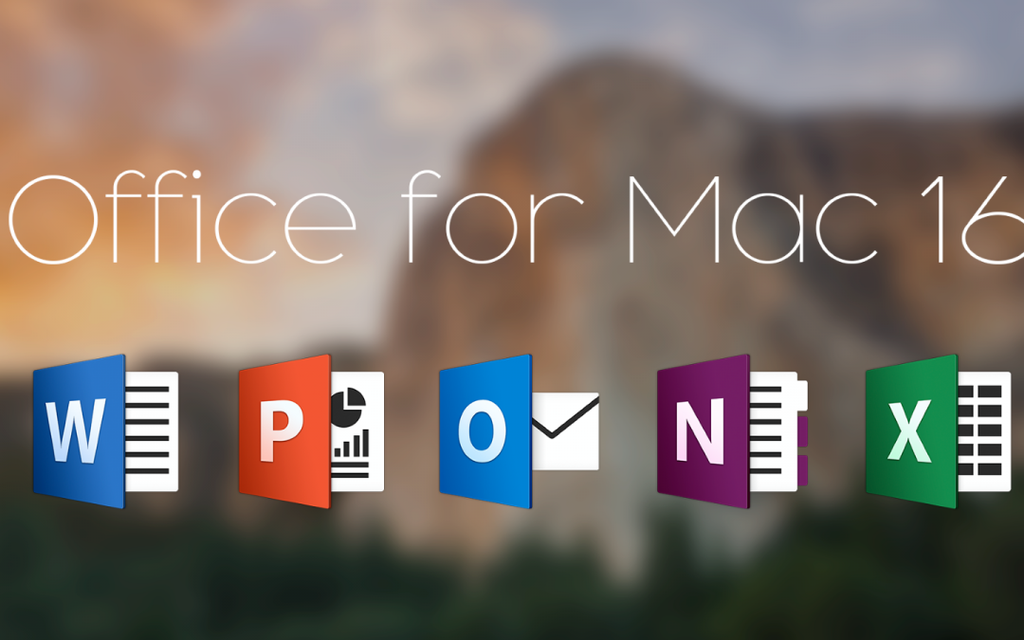
The following table shows how multiple conditions, condition values, exceptions, and actions are handled in a rule. Multiple conditions, exceptions, and actions For more information, see the Mail flow rule properties section in this topic. For example, when the rule should be applied, whether to enforce or test the rule, and the time period when the rule is active.


Properties: Specify other rules settings that aren't conditions, exceptions or actions. There are many actions available, such as rejecting, deleting, or redirecting messages, adding additional recipients, adding prefixes in the message subject, or inserting disclaimers in the message body.įor a complete list of mail flow rule actions available, see Mail flow rule actions in Exchange Server. Exceptions override conditions and prevent the rule actions from being applied to a message, even if the message matches all of the configured conditions.Īctions: Specify what to do to messages that match the conditions in the rule, and don't match any of the exceptions. The same message identifiers that are available in conditions are also available in exceptions. If there are no conditions or exceptions, the rule is applied to all messages.įor a complete list of mail flow rule conditions, see Mail flow rule conditions and exceptions (predicates) in Exchange Server.Įxceptions: Optionally identify the messages that the actions shouldn't apply to. Most conditions require you to specify a comparison operator (for example, equals, doesn't equal, or contains) and a value to match. Other conditions examine message properties (for example, the message subject, body, attachments, message size, or message classification). Some conditions examine message header fields (for example, the To, From, or Cc fields). Using mail flow rules to inspect message attachmentsĪ rule is made of conditions, exceptions, actions, and properties:Ĭonditions: Identify the messages that you want to apply the actions to. Organization-wide disclaimers, signatures, footers, or headers in Exchange Server To learn more about the testing options, see Test a mail flow rule and Policy Tips.įor steps to implement specific messaging policies, see the following topics:
#Microsoft office 365 mac 2016 how to
For instructions on how to manage mail flow rules, see Procedures for mail flow rules in Exchange Server.įor each rule, you have the option of enforcing it, testing it, or testing it and notifying the sender. You can use the Exchange admin center (EAC) or the Exchange Management Shell to manage mail flow rules.

This article explains the components of mail flow rules, and how they work.

Mail flow rules contain a richer set of conditions, exceptions, and actions, which provides you with the flexibility to implement many types of messaging policies. The main difference is mail flow rules take action on messages while they're in transit, and not after the message is delivered to the mailbox. Mail flow rules are similar to the Inbox rules that are available in Outlook and Outlook on the web (formerly known as Outlook Web App). You can use mail flow rules (also known as transport rules) to identify and take action on messages that flow through the transport pipeline in your Exchange 2016 and Exchange 2019 organization.


 0 kommentar(er)
0 kommentar(er)
